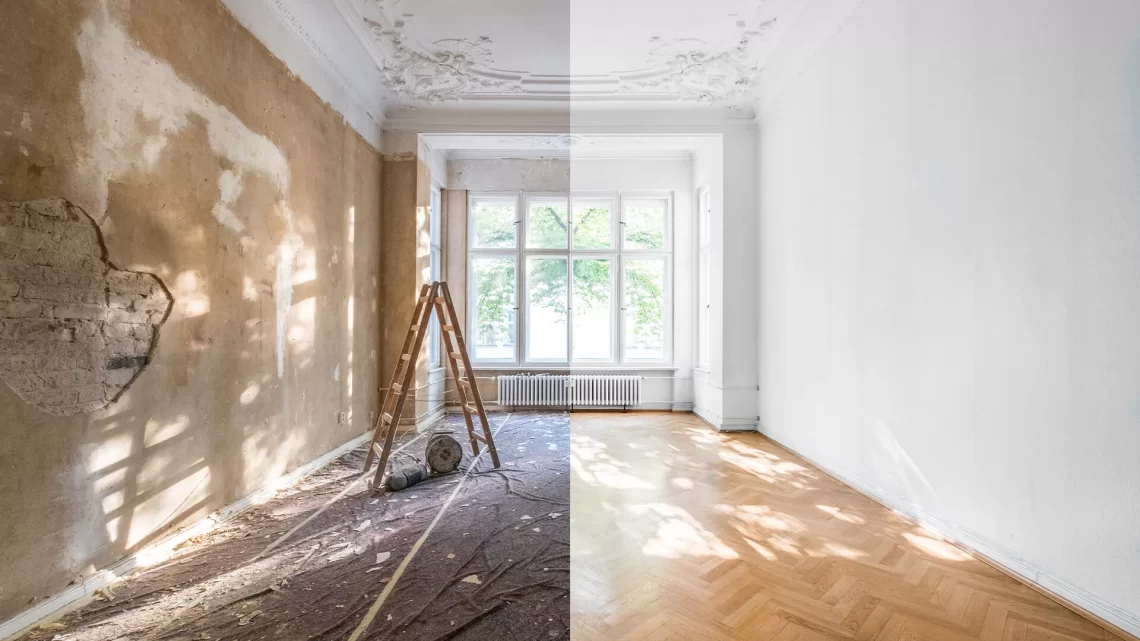Creating a Budget for a Budget-Friendly Home Renovation Plan
January 24, 2024Creating a budget is one of the most important steps in completing a home renovation. It can help both contractors competing for projects and homeowners tackling renovations on their own.
The best way to stay within your budget is to plan ahead and get estimates from professionals and well-respected home renovation websites. Then, make sure to prioritize your projects to align dreams with reality.
1. Prioritize Your Projects
If you want your renovation project to go according to plan, you’ll need to set a clear budget before starting. This is important because you don’t want your project to stall midway due to an unfavorable financial situation.
One way to do this is by ordering your projects by priority. For example, you may want to put things that are necessary at the top of your list, such as a new kitchen or bathroom. You can also consider separating your projects into “needs” and “wants.”
Once you’ve done this, research the cost of each project. Using online resources is a great way to get ballpark figures and help you create a realistic budget for your project. You can also look for ways to save more efficiently, like by paying off debt first.
2. Set a Savings Goal
The process of building a home renovation budget involves a lot of research and careful planning. In order to have a good idea of what your project will cost, it’s important to get estimates from professionals and reliable home renovation websites.
Ideally, you should do this during the design phase, so that you can build your budget based on an accurate picture of the project. This includes finding out about any necessary permits, as well as establishing costs for material prices that may fluctuate.
Once you have a ballpark figure for your renovation costs, you can begin saving up for it. You’ll want to make sure you have enough cash on hand to pay for the entire renovation, without going into debt or jeopardizing your ability to sell your home in the future.
3. Get Estimates
Once you’ve decided on a renovation plan, the next step is to get estimates from contractors. This will give you a better idea of what the projects are going to cost and help you determine which ones are within your budget.
Make sure you ask for detailed bids from each contractor and compare prices. It’s also a good idea to meet face-to-face with the contractors, as this will give you a feel for their personalities and help you decide who best fits your project.
You may also want to consider if your renovation requires a permit and what that will cost, as well as other potential costs, like furniture or window coverings, that are often overlooked when creating a home improvement budget. These are additional items that can add up quickly and make your renovation costs even more expensive than expected.
4. Get a Contractor
Once you’ve hit your savings goal and found a contractor willing to work with your budget, it’s important that you stick to the agreed-upon price tag. This is especially critical if you are financing the renovation with a loan or credit card.
You should also ask contractors about their experience and what type of renovations they usually do. Lastly, be sure to get everything in writing before starting any work. This includes a payment schedule; proof of liability insurance and workers’ compensation; the specific materials and products to be used; and dates when the work will begin and end.
Be sure to set aside 10 to 20 percent of your overall project cost for unexpected expenses. It’s impossible to predict the unexpected, but setting a contingency fund helps ensure that your renovation won’t exceed your budget.
5. Stick to Your Budget
Many DIY social media influencers claim to be able to do it all, but doing so can easily blow your renovation budget. Instead, only try the projects you know you can do yourself and hire a contractor for the others.
It’s also important to set a savings goal, whether you’re planning to pay for your renovation in cash or by taking out a loan or credit card. This will ensure that the project stays within your budget no matter what unexpected costs pop up during construction.
It’s also a good idea to set aside 10 to 20% of your budget for contingencies. This will cover the inevitable surprises that inevitably arise during a home renovation, like the need to replace old flooring or appliances.





